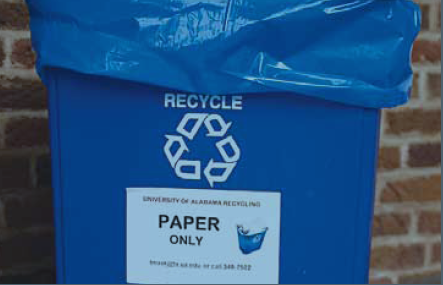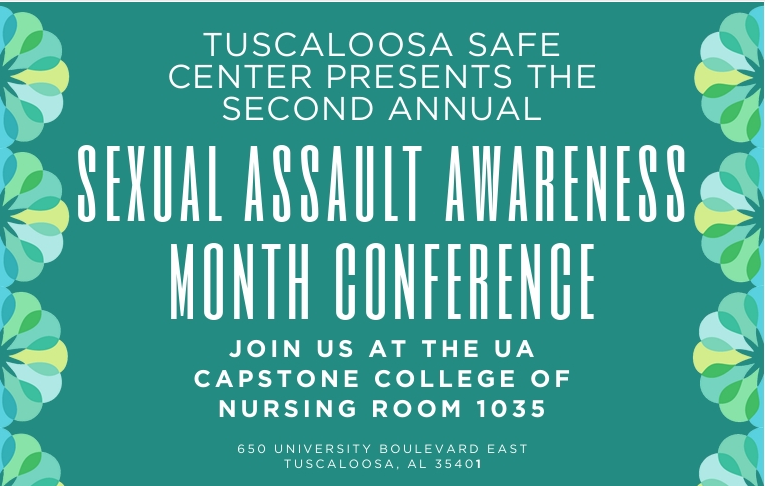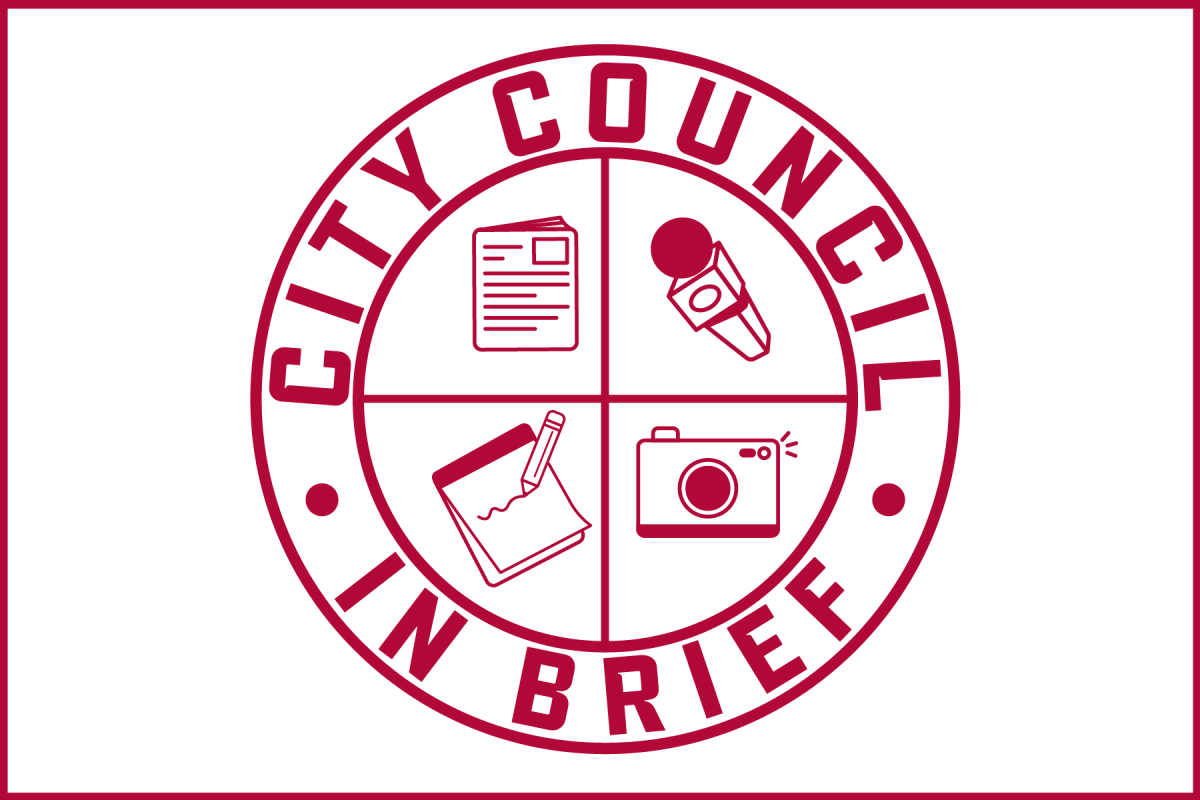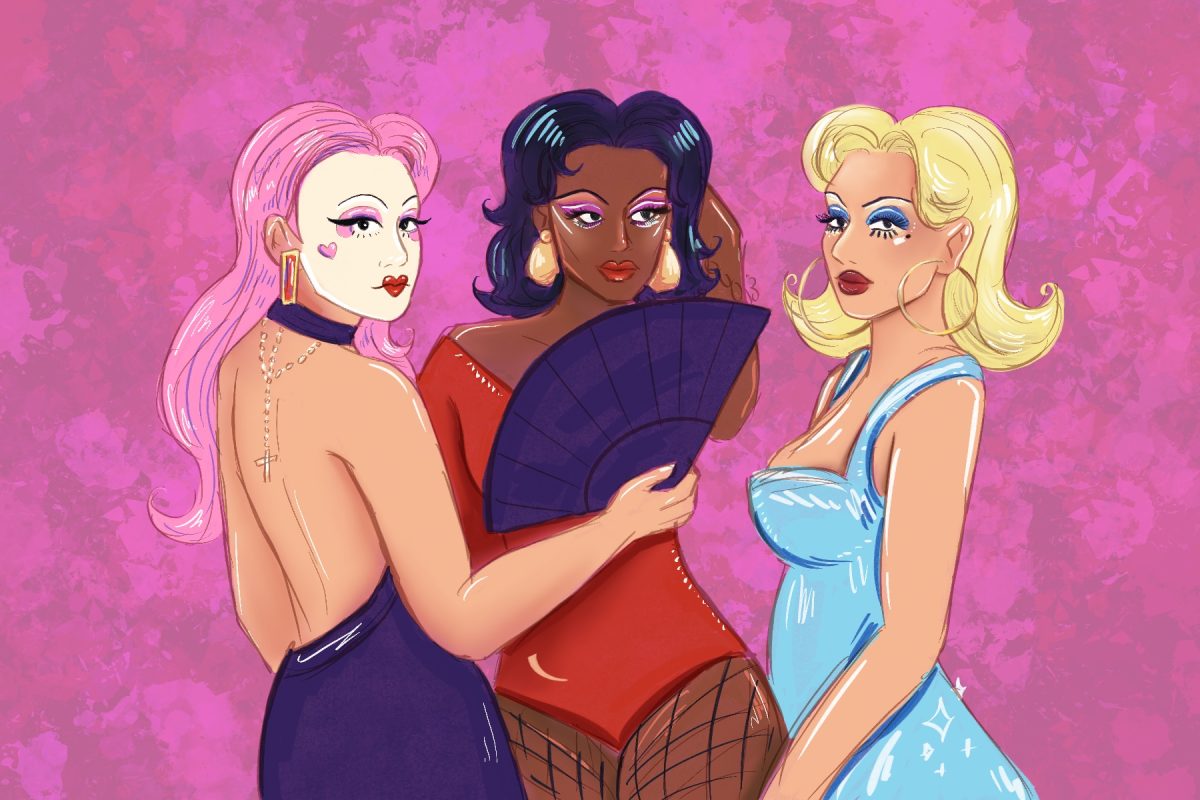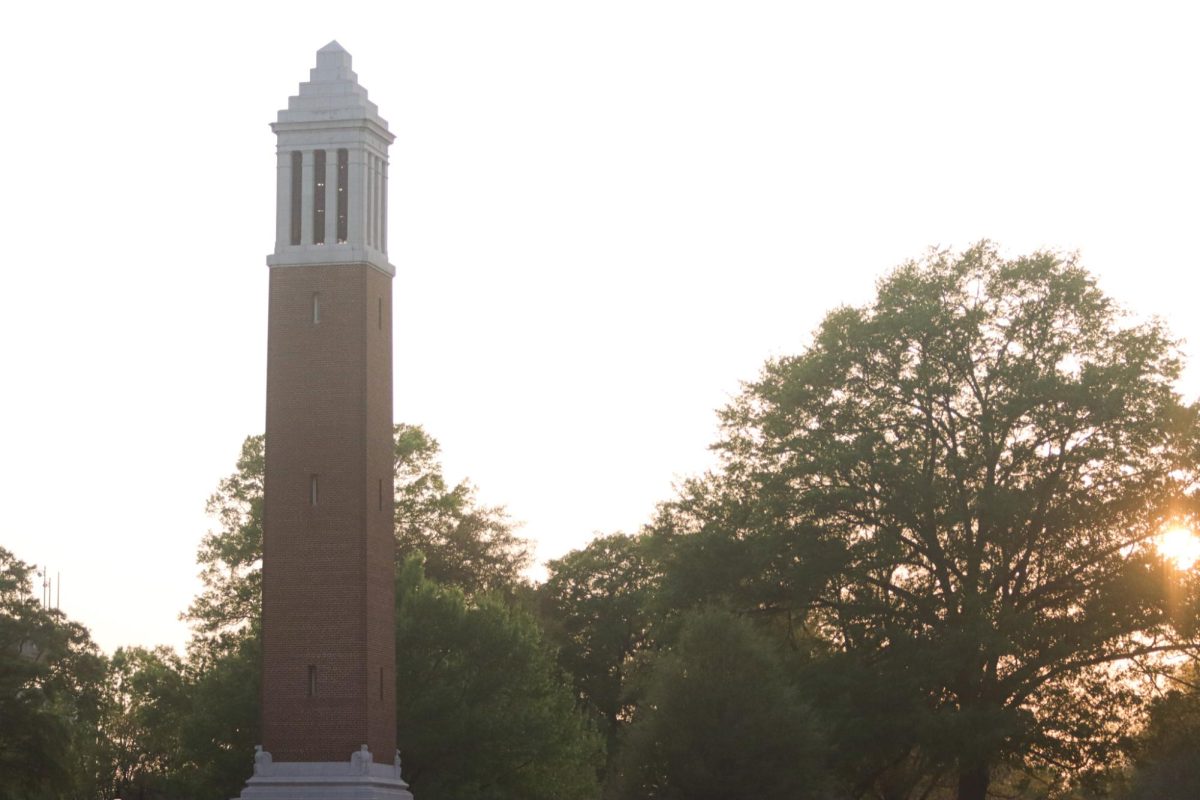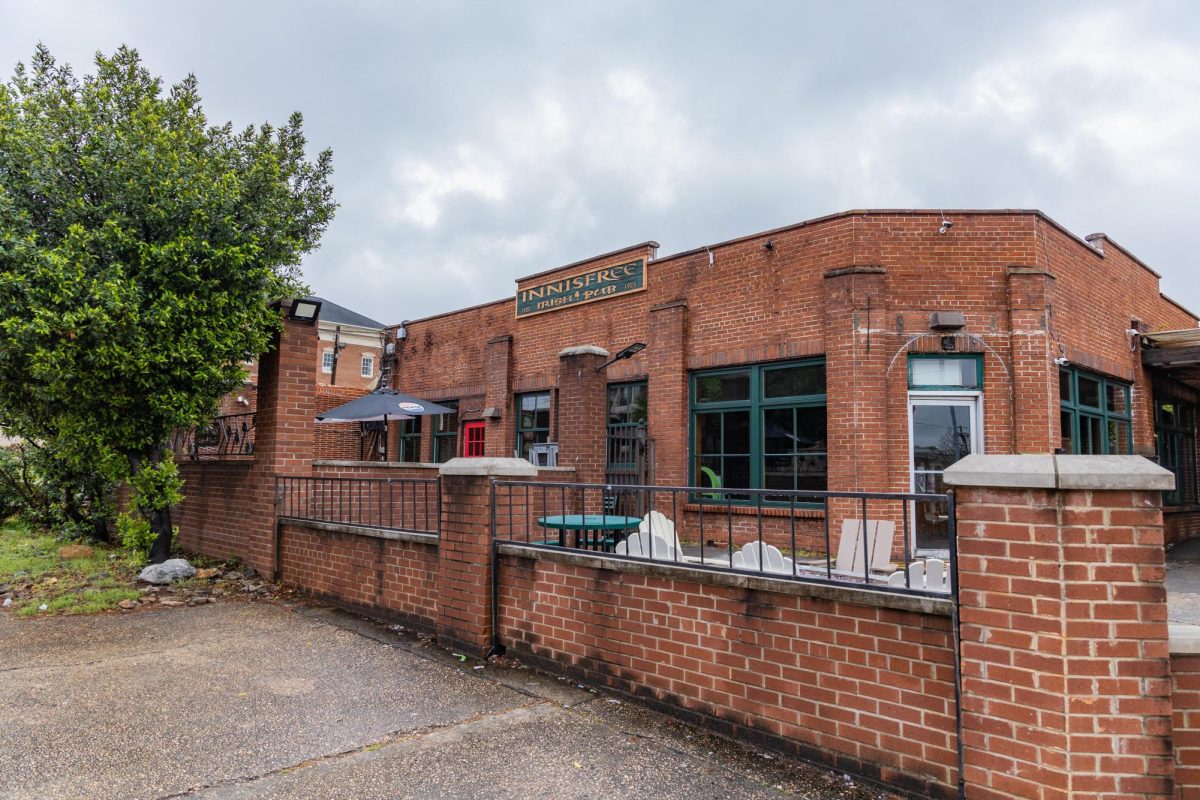Using everything from wine corks to old doors or windows, crafters and environmentalists might have a new plan to reduce waste. The trend is called “upcycling,” rather than recylcing, and involves repurposing items like corks, wire or bottles as art or finding a completely new use for the item.
Anna Turkett, a junior majoring in New College, and president of ECo, the UA Environmental Council, said not only is it a way to help the environment, but it is an easy way for students to do so.
“The process of upcycling involves taking an object, which would be considered useless, and turning it into something different instead of throwing it away,” Turkett said. “In this way, upcycling is environmentally beneficial by eliminating waste. Upcycling is seen as different from recycling, in that the item being utilized is not being turned into what it was before.”
“Anyone can do it, because everyone uses a trash can at one time or another, and many of those objects could be upcycled,” Turkett said. “A good place to start for upcycled craft projects is Pinterest. It can even be as simple as putting more thought into what non-food items you’re throwing away.”
Students can find examples of upcycled creations at ECo’s craft sale, which is Feb. 4-11at the Ferguson Center.
Upcycling is gaining a following for its economical value among other students, like Logan Bell, a senior majoring in history.
“I really began to use upcycling for art projects after my mom went to a craft show several years ago,” Bell said. “She saw a barbwire cross that she wanted, but she thought it was over-priced and believed I could do a better job. So, she asked if I could make one.”
Bell said there are many benefits to using these materials, and he’ll continue to make pieces this way.
“One way making upcycled art has helped me is that I have been able to raise money,” Bell said. “Besides most of the materials being readily available and free, I really enjoy working with my hands and making different things out of ‘junk’ and then seeing how other people like it and what they say about it.”
But upcycling is not just for savvy students. Artists at places such as Maker’s Market and Kentuck Art Center use upcycling as a way of making their art more interesting. Maker’s Market features different artists that set up booths to show off their wares, everything from old household items to old furniture pieces.
One artist at Maker’s Market is Laura Clark, an artist who repurposes furniture.
“Sometimes I am able to look at one or two items and see what they will look like together as something else,” Clark said. “I thought this would be a great way to recycle and create something useful at the same time. Very seldom do I look at one thing and see it as that particular item. I usually always see it as something else.”
Clark said money isn’t the only reason to repurpose items.
“I have met other great people with the same creative passion I have,” Clark said. “I’ve developed some wonderful friendships.”
Clark will also definitely be keeping up with her upcycled artwork.
“Sometimes I save pieces of what others call ‘junk’ because I know I can find a use for it later,” Clark said. “It’s just a matter of seeing the bones of something so you can make into something else that others can enjoy or find useful.”



